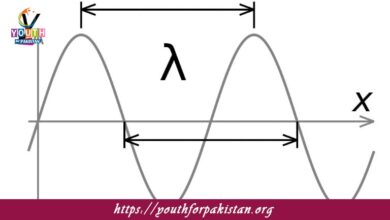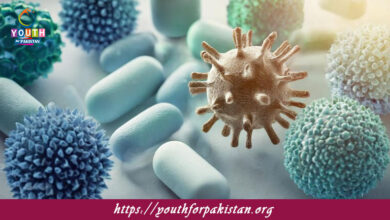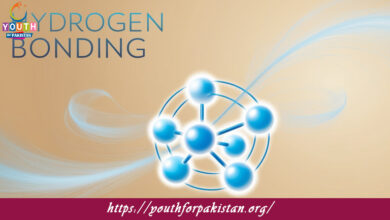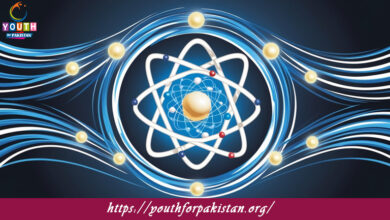Properties Of Gases MDCAT MCQs with Answers
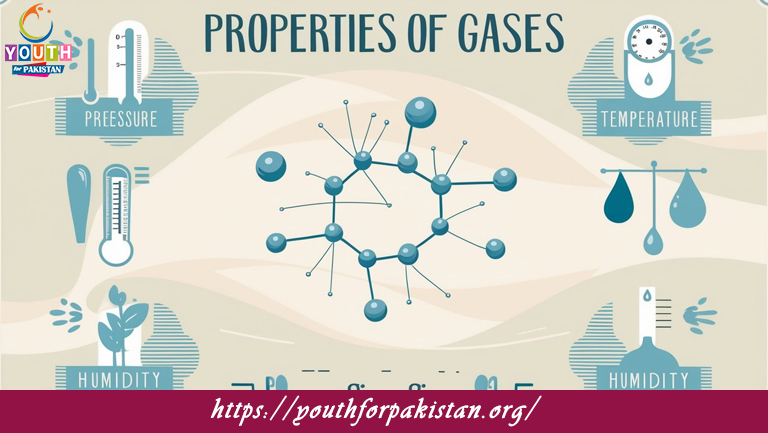
Welcome to the Properties Of Gases MDCAT MCQs with Answers. In this post, we have shared Properties Of Gases Multiple Choice Questions and Answers for PMC MDCAT 2024. Each question in MDCAT Chemistry offers a chance to enhance your knowledge regarding Properties Of Gases MCQs in this MDCAT Online Test.
Which property of gases allows them to completely fill any container?
a) High density
b) Low viscosity
c) Compressibility
d) High boiling point
The volume of a gas is inversely proportional to its pressure at constant temperature. This is described by:
a) Charles’s Law
b) Avogadro’s Law
c) Boyle’s Law
d) Gay-Lussac’s Law
Gases diffuse through other gases because of their:
a) High density
b) High temperature
c) Low density
d) Low viscosity
The pressure of a gas is directly proportional to its temperature at constant volume. This relationship is described by:
a) Boyle’s Law
b) Charles’s Law
c) Gay-Lussac’s Law
d) Avogadro’s Law
Which of the following is a characteristic property of gases?
a) Definite shape
b) Definite volume
c) High compressibility
d) Low thermal conductivity
The gas law that describes the relationship between volume and the number of moles of a gas is:
a) Boyle’s Law
b) Charles’s Law
c) Avogadro’s Law
d) Gay-Lussac’s Law
According to Graham’s Law, the rate of effusion of a gas is inversely proportional to:
a) Its volume
b) Its pressure
c) Its molecular mass
d) Its temperature
If the temperature of a gas is increased, its volume will:
a) Decrease
b) Remain the same
c) Increase
d) Become zero
In which condition do gases exhibit ideal behavior?
a) High pressure and low temperature
b) Low pressure and high temperature
c) High temperature and high pressure
d) Low temperature and high pressure
What does the term “ideal gas” refer to?
a) A gas that follows real gas laws perfectly
b) A gas with no intermolecular forces
c) A gas with high viscosity
d) A gas with significant intermolecular forces
The volume of a gas will decrease when:
a) The temperature is increased
b) The pressure is decreased
c) The number of moles is increased
d) The pressure is increased
Which property allows gases to be compressed into a smaller volume?
a) High density
b) Low viscosity
c) Low density
d) High compressibility
Gases have low densities compared to liquids and solids because:
a) Gas molecules are closely packed
b) Gas molecules are far apart
c) Gas molecules have high mass
d) Gas molecules have high intermolecular forces
What is the primary reason for the compressibility of gases?
a) Weak intermolecular forces
b) High molecular mass
c) Strong intermolecular forces
d) High density
The gas law that combines Boyle’s, Charles’s, and Gay-Lussac’s Laws is known as:
a) Ideal Gas Law
b) Combined Gas Law
c) Dalton’s Law
d) Graham’s Law
Which gas law explains the relationship between pressure and the number of gas molecules at constant volume and temperature?
a) Boyle’s Law
b) Charles’s Law
c) Avogadro’s Law
d) Gay-Lussac’s Law
Which of the following factors does NOT affect the pressure of a gas?
a) Temperature
b) Volume
c) Color
d) Number of moles
What property of gases allows them to diffuse and mix with other gases?
a) Low density
b) High viscosity
c) High density
d) Weak intermolecular forces
The volume of a gas is directly proportional to its temperature at constant pressure. This is described by:
a) Boyle’s Law
b) Charles’s Law
c) Gay-Lussac’s Law
d) Avogadro’s Law
If a gas sample is heated at constant pressure, its volume will:
a) Decrease
b) Increase
c) Remain constant
d) Become zero
Which of the following gases will diffuse the fastest under identical conditions?
a) Helium
b) Nitrogen
c) Oxygen
d) Argon
The rate of diffusion of a gas is inversely proportional to the square root of its:
a) Pressure
b) Temperature
c) Volume
d) Molecular mass
According to the Ideal Gas Law, if the temperature of a gas is doubled while keeping pressure and volume constant, the number of moles:
a) Remains the same
b) Increases
c) Decreases
d) Becomes zero
In an ideal gas, the average kinetic energy of the gas molecules is directly proportional to:
a) Pressure
b) Volume
c) Number of moles
d) Temperature
The kinetic molecular theory assumes that gas particles:
a) Have significant intermolecular forces
b) Are in constant random motion
c) Have high density
d) Are at rest
Which of the following gases will have the highest rate of effusion at the same temperature and pressure?
a) Methane (CH₄)
b) Ethane (C₂H₆)
c) Propane (C₃H₈)
d) Butane (C₄H₁₀)
In the context of gas laws, what does STP stand for?
a) Standard temperature and pressure
b) Standard time and pressure
c) Standard temperature and power
d) Standard temperature and phase
The volume of 1 mole of an ideal gas at STP is approximately:
a) 11.2 L
b) 22.4 L
c) 44.8 L
d) 1 L
In an ideal gas, the pressure exerted by the gas is:
a) Proportional to the volume
b) Inversely proportional to the temperature
c) Proportional to the number of moles
d) Independent of temperature
If a gas sample is compressed to half its volume, the pressure of the gas will:
a) Decrease to half
b) Increase to twice the original pressure
c) Remain the same
d) Become zero
The ideal gas law assumes that the gas particles:
a) Interact strongly with each other
b) Have negligible volume
c) Are not in constant motion
d) Have high intermolecular forces
Which of the following best describes the behavior of gases according to the kinetic molecular theory?
a) Molecules are in constant, random motion
b) Molecules are closely packed
c) Molecules are in fixed positions
d) Molecules have high density
The rate of diffusion of a gas is directly proportional to:
a) Its molecular mass
b) Its temperature
c) Its pressure
d) Its density
The term “effusion” refers to:
a) The mixing of gases
b) The escape of gas molecules through a small opening
c) The increase in gas pressure
d) The condensation of gases
What is the effect of increasing the temperature on the rate of diffusion of gases?
a) Decreases the rate of diffusion
b) No effect on the rate of diffusion
c) Increases the rate of diffusion
d) Makes the diffusion impossible
According to the ideal gas law, increasing the volume of a gas while keeping temperature and pressure constant will:
a) Increase the pressure
b) Increase the number of moles
c) Decrease the number of moles
d) Have no effect on the number of moles
Which of the following conditions is NOT ideal for gas behavior?
a) High temperature
b) Low pressure
c) High pressure
d) Low temperature
When a gas is cooled at constant pressure, its volume will:
a) Increase
b) Decrease
c) Remain the same
d) Become zero
The average kinetic energy of gas molecules is directly related to:
a) Pressure
b) Volume
c) Temperature
d) Number of moles
Which property of gases is explained by the kinetic molecular theory?
a) Definite shape
b) High compressibility
c) High density
d) Low thermal conductivity
If you are interested to enhance your knowledge regarding Physics, Chemistry, Computer, and Biology please click on the link of each category, you will be redirected to dedicated website for each category.


